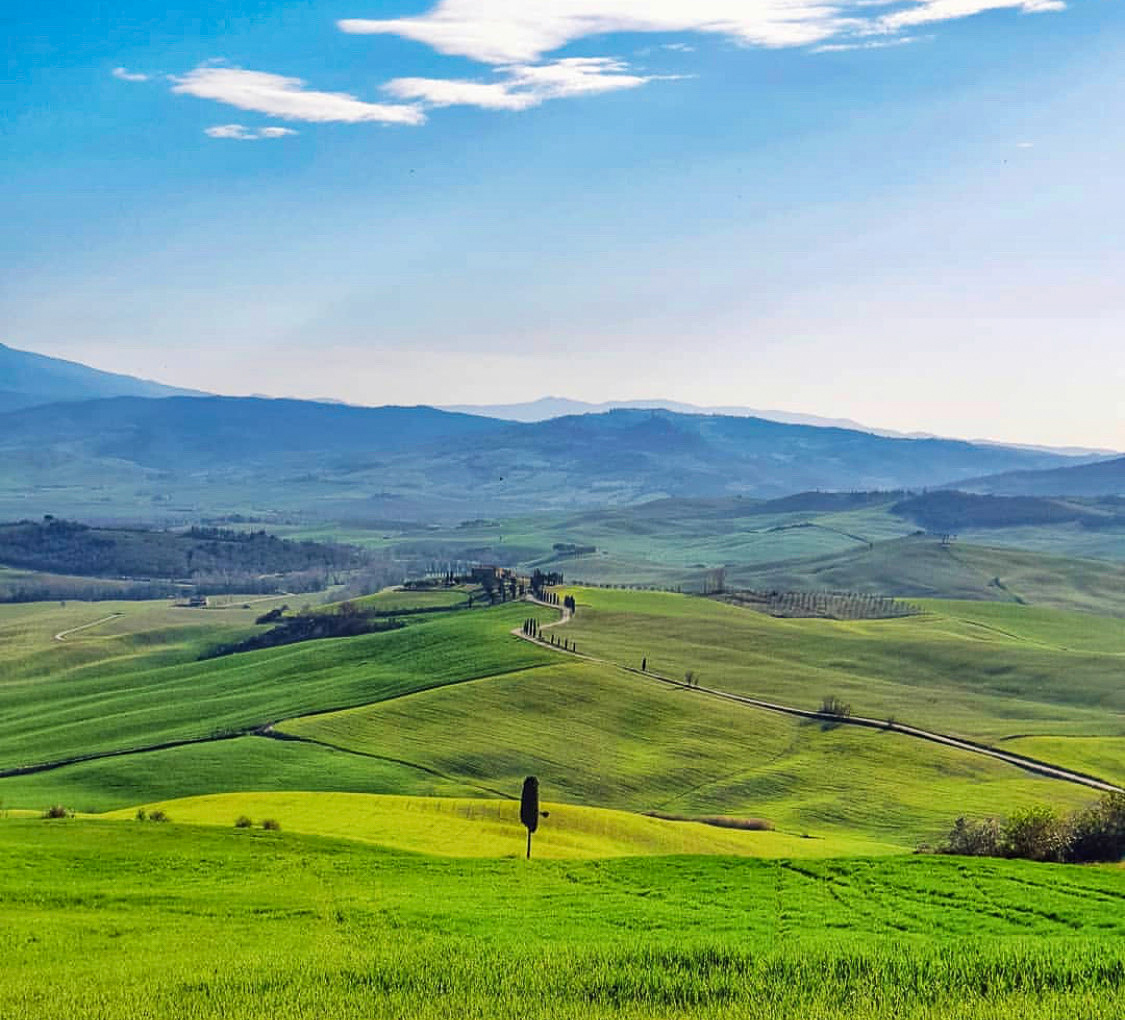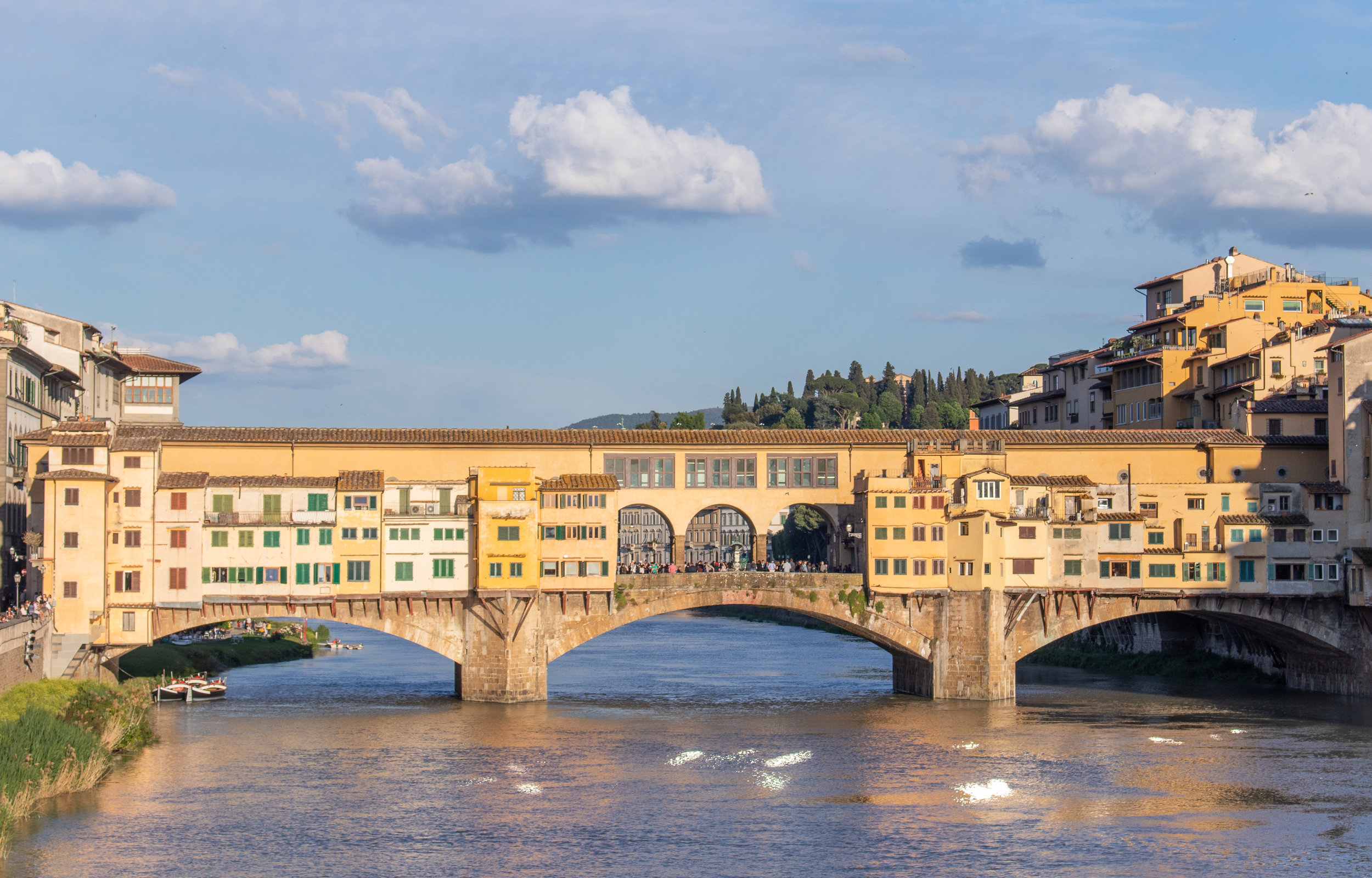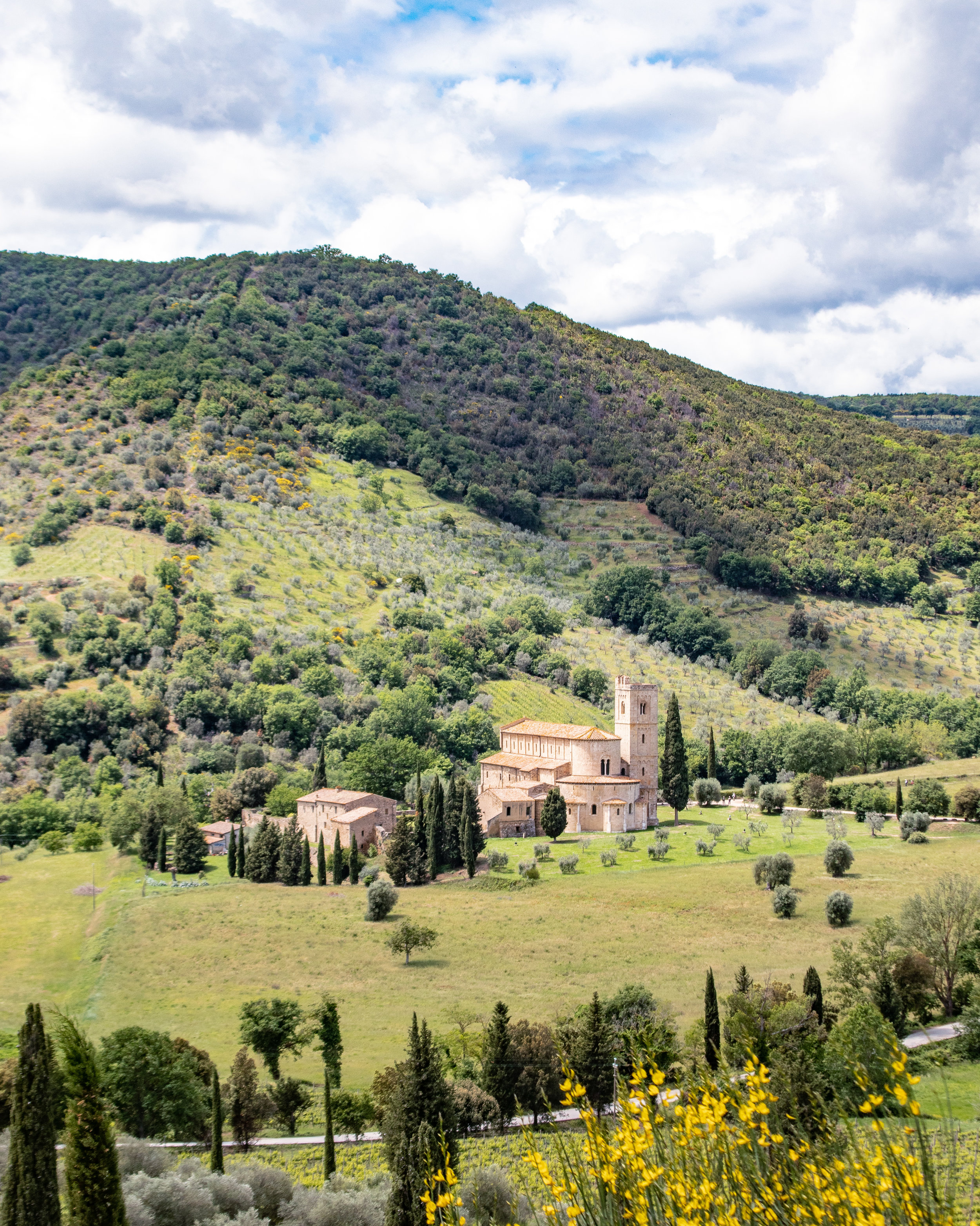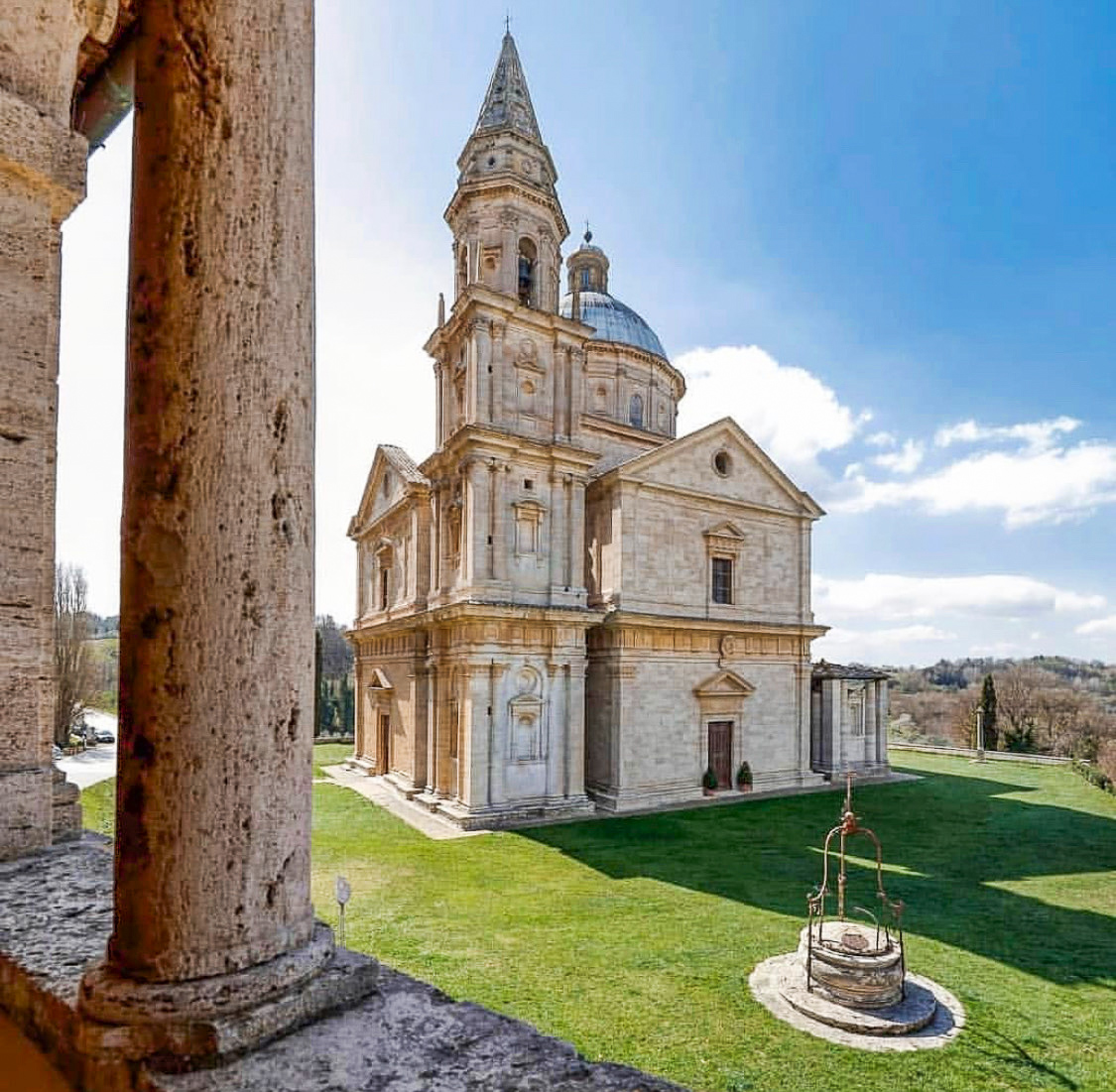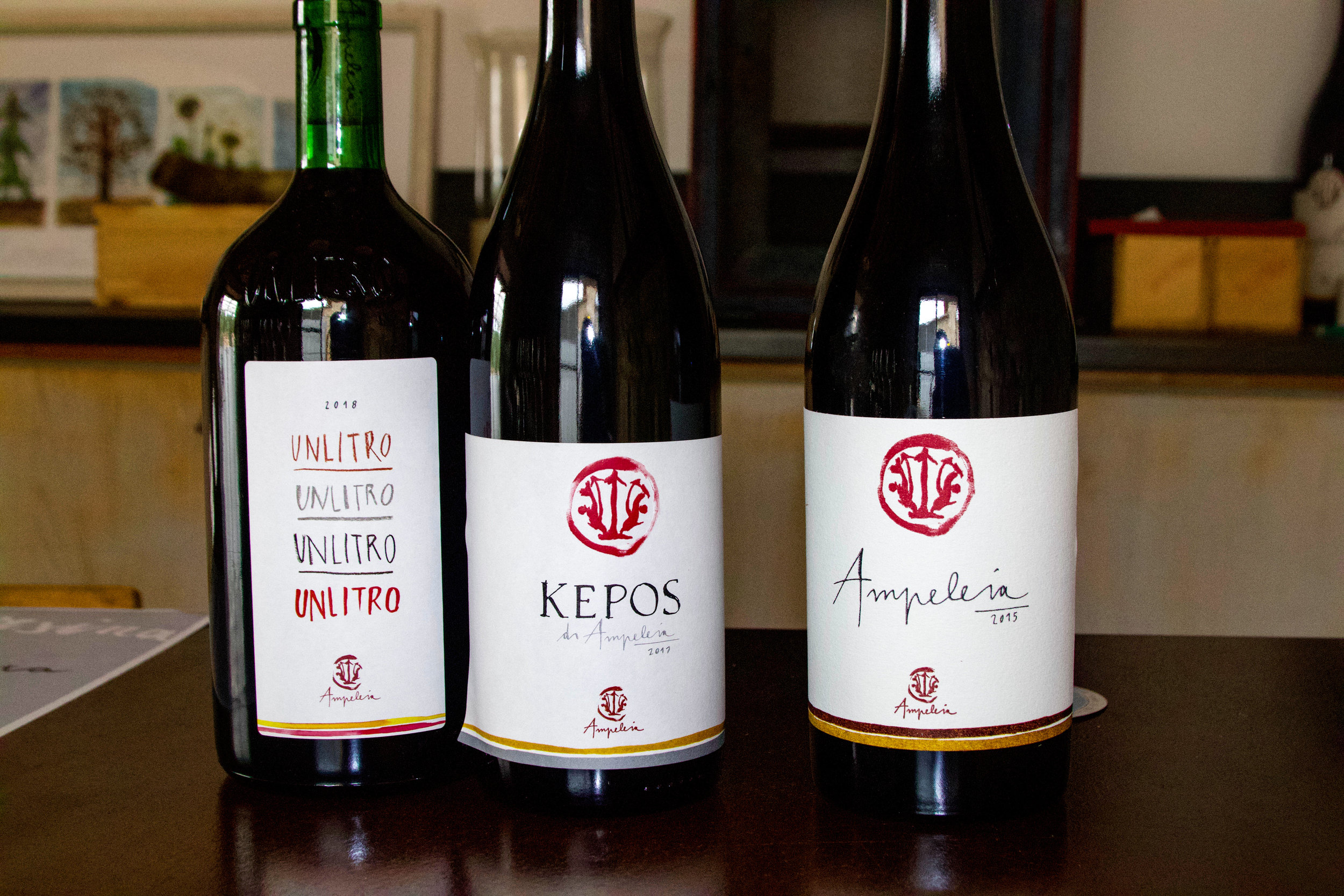Tuscany: Wine Travel
Tuscany should be on everyone's visit list, even if you aren't a wine lover; it's a beautiful place to explore. If you are a wine lover; then what are you waiting for – go. The history and splendor are hard to replicate; the wine and the passionate people behind the glass put it over the top. It was Tuscany that started us on our wine journey, so it holds a special place in our hearts. We only spent a couple of days here on our honeymoon, but we couldn't get it out of our system and vowed to return. This last trip was our third since that initial taste twenty-five years ago, and we've loved everything about our experiences.
So, how do you plan a trip to Tuscany? It can be a bit daunting with so much to see and sip. On one trip we combined the region with other parts of Italy, so we only spent a few days exploring a slice from a few different areas. This approach I'll call "toe-tipping" gives you a good sampling. This last trip we focused just on Tuscany, ten days, more of a "deep-dive" plan. Toe-tipping is useful if you want to get a feel for what it's all about; like eating a slice of pizza when you don't want to commit to the whole pie. But be forewarned, if you like the slice, you will want to go back for the entire pizza. That's where deep-diving comes into play; it can provide you more in-depth experience and a richer understanding of an area.
This write-up will give you a glimpse, or overview, of the entire region identifying some of the standout villages, and additional posts for deep dives into specific wine areas and wineries.
My first recommendation would be to nurse your jet lag in Florence, with an international airport, it's a natural landing spot. I fell hard for Florence; I relish the architecture, and the Renaissance period, which the city gave birth to and allowed to flourish. It brings forth such wonderment and admiration for its impact on history. The city reflects a period when so many renowned artists came together and left their creative mark forever. A city that must be discovered; with Michelangelo's works at the top of the must-visit list.
Getting out into the countryside you will take a step back into medieval times when visiting many of the walled hilltop villages scattered throughout Tuscany. As for wine exploration, it is a vast region which I breakdown into five parts to uncover; Chianti, Brunello di Montalcino, Montepulciano, Bolgheri, and Maremma.
Chianti DOCG
This area is made up of seven subzones, extending from Pisa to Siena, with the Chianti Classico DOCG being the most widely known with its distinguishable black rooster emblem. The Classico wine area is just south of Florence and is made up of nine communes including the towns of Greve, Radda, Gaiole, and Castellina in Chianti. Visiting here will allow you to get an understanding of the Sangiovese grape, its origins, and the governing rules of the region.
We enjoyed a delightful winery visit and lunch at Castello di Volpaia in Radda. A hamlet dating back to 1172 it was abandoned and beautifully restored; worth a stroll and a taste. If you want an excellent meal and pleasant experience, I would highly recommend Allergaccio di Castellino in Castellina in Chianti. Here on their patio, you can take in the beautiful countryside and while lingering two-hours over your meal, begin to understand the meaning of "la dolce vita."
My wine blogging and travel friend, Meg Herring, recently took a deep dive in Chianti. If you enjoy visiting small, family-owned, and organic wineries, check these out; Four Wineries in Chianti
If you don’t have the time for a full immersion into Tuscany wine travel, Get Your Guide offers this day trip from Florence which can get you started on Your Road to Wine.
Siena is another must-stop on a Tuscany itinerary. Its enormous Piazza del Campo still holds a horse race, Palio di Siena, which dates back to the 14th century. The gothic-style town hall and tower dominate the square, and the Duomo is a magnificent treasure to be explored.
Venture to San Gimignano for one of the best examples of a medieval town. It has the most remaining bell towers, well-preserved buildings, and the views of the countryside are amazing. However, something to note the buses bring everyone to see these views, so early and late in the day can be the best times if you want to avoid the crowds.
Brunello di Montalcino DOCG
The Brunello di Montalcino wine region centers around the hilltop village of Montalcino, and it's arguably home to the best expressions of the Sangiovese grape. A wine region worthy of a deep dive to truly understand the differences in terroir and the impact this has on the wines. We stayed in this beautiful town, and I'd highly recommend using this as your home base if you deep dive into Brunello.
On your way to Montepulciano, you will find a couple of picture-worthy stops at the Chapel of Magdalena and the little town of Pienza. This is a quaint Renaissance-style town with some dramatic views. Beyond the beauty you'll find here, it's known for its pecorino cheese, so making it the perfect place to gather the makings for a picnic.
Vino Nobile di Montepulciano DOCG
This is another Sangiovese-based red wine region, often overshadowed by its neighbor. The town of Montepulciano sits high on a hillside residing over the vineyards below. The city also sits atop underground wine caves. It is quite the experience to visit and uncover the history of the wine made here. Contucci and Cantina del Redi, near Plazzo Rici, is just a couple of excellent examples. We stayed in this town when we attended a wedding at the Temple of San Biagio, located just down the hill from the walled village and a great example of Italian Renaissance Architecture.
Bolgheri DOC
The Bolgheri region is a two-hour drive west of Siena, spreading south from the town of Bolgheri along the Tyrrhenian Sea. It is a relative newcomer in comparison to the other DOCs in an old-world wine region. It broke from the Sangiovese grape growing practices because the grape was not well suited for the terroir along the coast. The winemakers experimented with international grape varietals and coined the term "Super-Tuscan" to distinguish them from the rest of Tuscany before they gained DOC status.
Maremma DOC
Maremma is a vast region which is south of Bolgheri along the coast and stretches inland just south of Brunello. It is considered the Wild West of Tuscany. If you want to make new wine discoveries, this is the place to explore. The area changes dramatically from coastal plains to high mountains covered in chestnut woods and has a multitude of soil types.
We only did a pinky-toe dip here, stopping at a winery with connection to one we visited in Alto Adige. Ampeleia winery came together as a collaboration lead by Elisabetta Foradori, a legendary winemaker in Trentino, and two of her friends. They converted the multi-tiered vineyards to Biodynamic farming and are experimenting with a variety of winemaking techniques.
As you can see this region has a great deal to offer and I hope this helps set you on your road to Tuscany.

